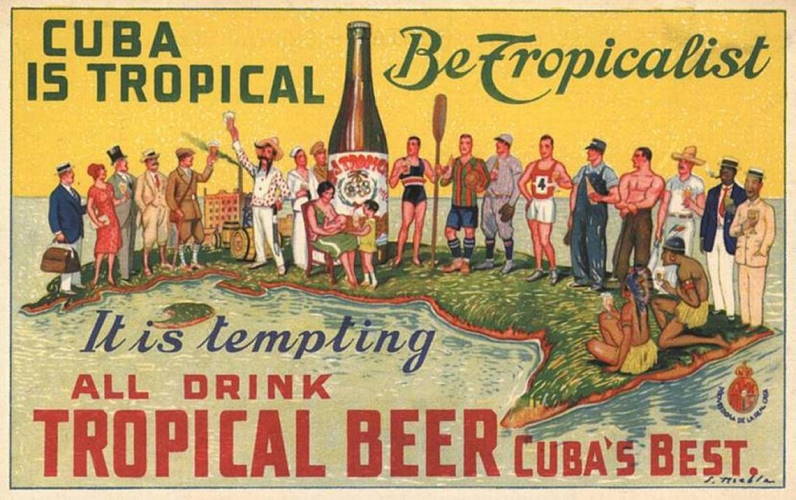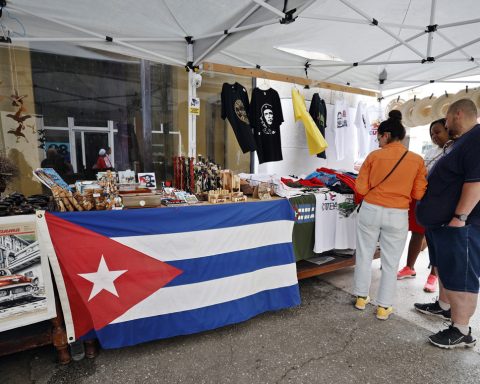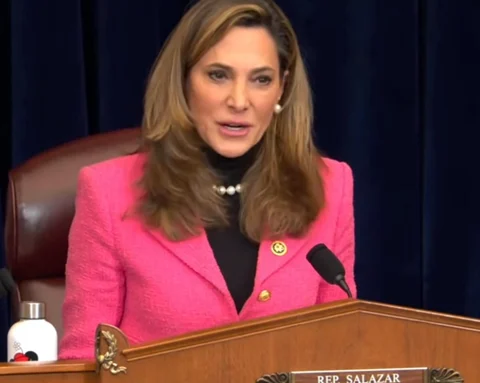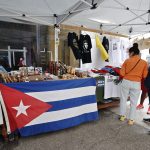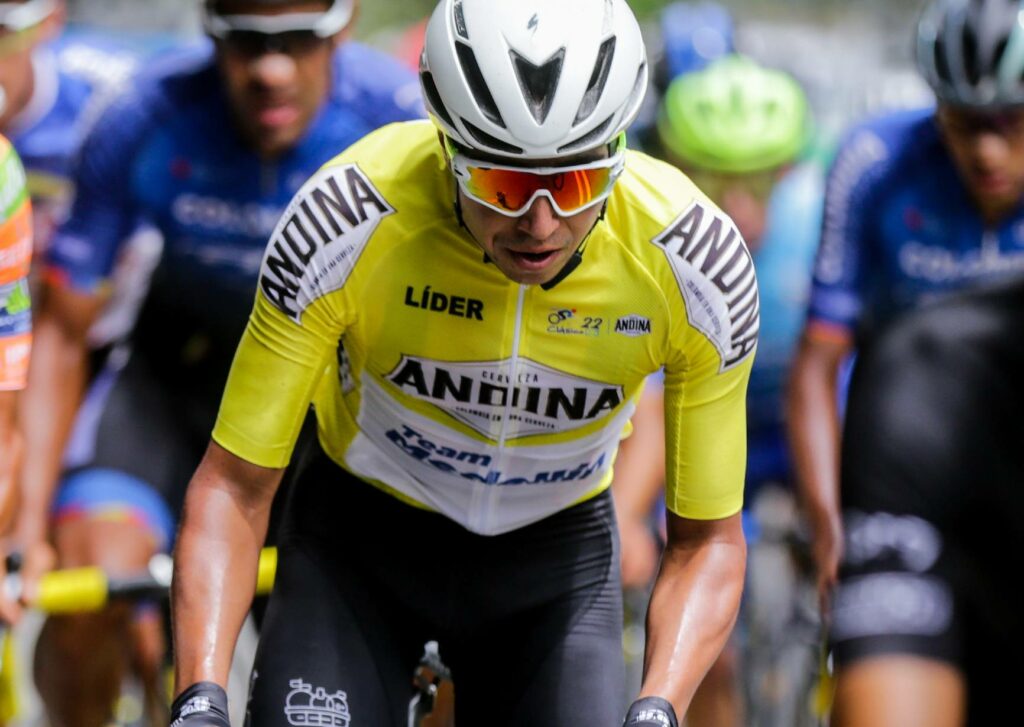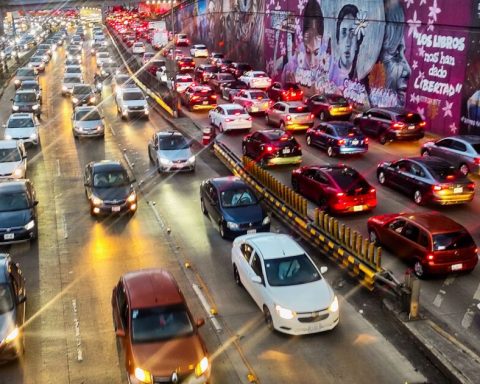MIAMI, United States. — The fact that Cuba is a tropical country makes beer one of the favorite drinks for Cubans. Although the Island has historically stood out for its rum, its beer also has history and tradition.
From the 19th century onwards, Cuban manufacturers have patented numerous beer brands, although some of them are no longer made on the Island.
History indicates that beer in Cuba first arrived through smuggling, and it was not until 1762 that, with the taking of Havana by the English, it would be imported legally.
Some 130 brands, almost all English, were offered in taverns, cafes, wineries and even in drugstores. There were beers that were advertised as being for the family, even going so far as to recommend them for children and lactating women.
During that first stage, which lasted until the mid-1950s, the Tennet Lager brand was very popular on the Island.
Bibliographical sources point out that Cuban beer was born in 1841, when Juan Manuel Asbert and Calixto García began to produce it in a factory on San Rafael street, corner of Águila.
At first, they tried to make it with the juice of sugar cane, which would replace European barley. However, the attempt was a failure and from that moment the Creoles were content to bottle the refreshing liquid that arrived in barrels from abroad.
The Tropical
In 1883, a factory was installed in the Matanzas city of Cárdenas to produce it, although it was not until 1888 that the rise in taxes on imports forced Cubans to make beer in Cuba. It was then that the legendary La Tropical beerwhich began to be produced in the area of Puentes Grandes.
Although at first it was a low-quality product, it would not take long to improve when French and German master brewers, hired especially for it, ended up giving the beer the necessary “touch”.
The first national brands that competed in the Cuban market were La Tropical light beer, Tropical Oscura Excelsior, “Cristal Palatino” light beer, Tivoli dark Munich-type beer and Tivoli Maltina.
In 1929, on land attached to the factory where La Tropical beer was made, Julio Blanco-Herrera Sr. built the legendary baseball stadium of the same name, now converted into the Pedro Marrero soccer field.
The area then became an obligatory point of reference for Cubans of the time.
La Tropical beer gardens open near the banks of the Almendares River and quickly become a must-see destination for cold beer, fun, music and dancing. Designed by Cuban architect Ramón Magriñá, the gardens were inspired by the Spanish gardens of Gaudí. The Jardines de La Tropical included a Tropical Botanical Garden with a multitude of concrete structures designed in a modernist and organic style, as well as a replica of the Alhambra castle in Granada in Spain.
However, the triumph of the Cuban Revolution marked the end of the La Tropical dynasty in Cuba.
“They came at gunpoint to take over the brewery. I was one of the last top managers of the brewery that day and was forced to hand over the keys. They knew about running a brewery, what I knew about going to the moon,” recalled Julio Fernández-Selles, who was the brewmaster at La Tropical.
The exodus of hundreds of thousands of Cubans who left the island in the 1960s included the Blanco-Herrera and Kohly families, who would settle in Miami.
Receive information from CubaNet on your cell phone through WhatsApp. Send us a message with the word “CUBA” on the phone +525545038831, You can also subscribe to our electronic newsletter by giving click here.
